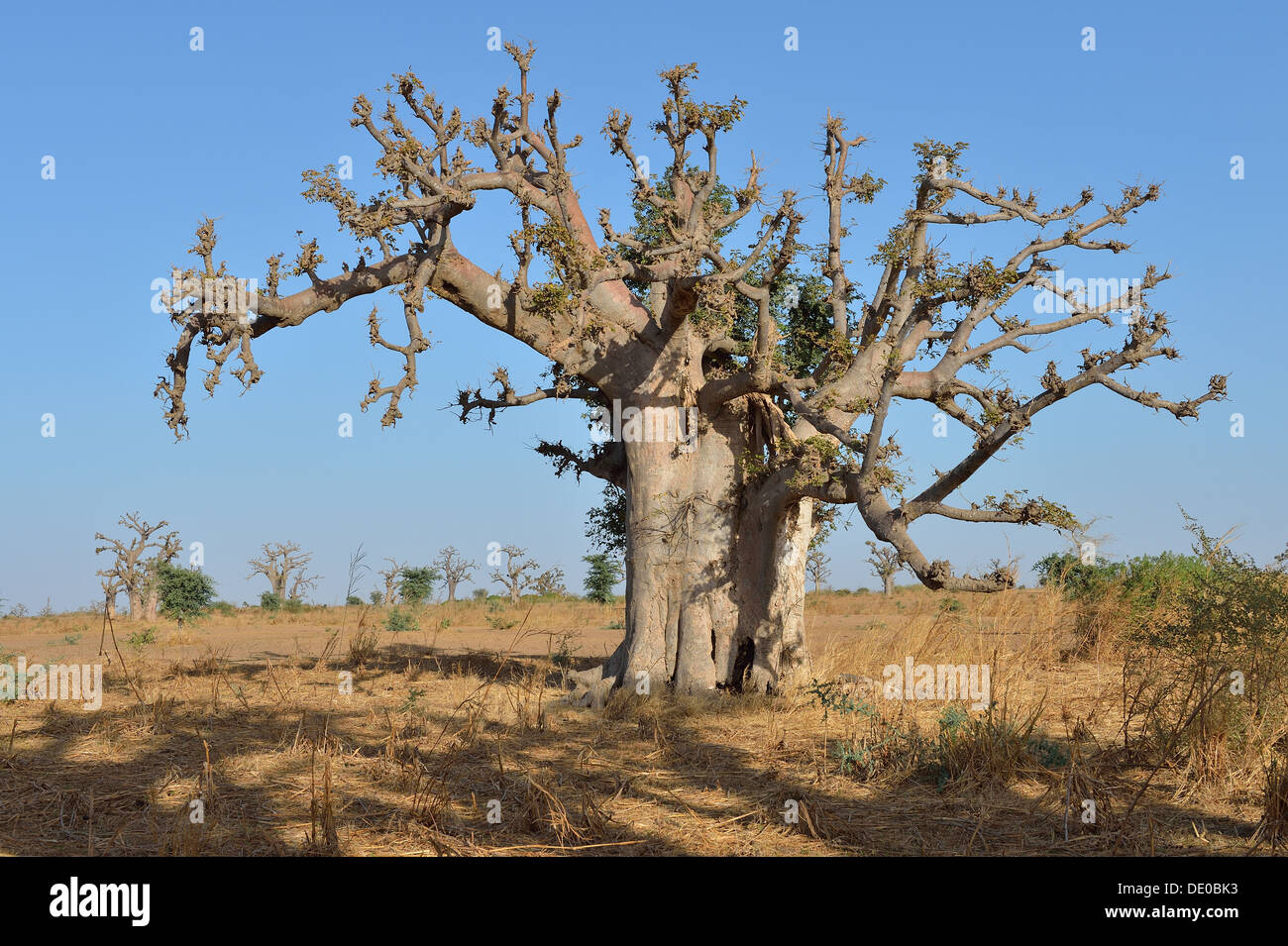OK so first thing first the nasal cavity is simply the hollow space that is behind the nose which is divided into left and right portions by the nasal septum. Your nasal cavity is lined with mucus membrane which helps to warm and moisten the air and cilia which is microscopic hair projections that help to trap dust and particles and it also helps to push mucus toward the pharynx, where it is swallowed. Its a line of defense. I suppose that is why some people have it growing out the wazoo. Too each its own. Now next we got to Pharynx which is simply a passageway to the Larynx. Now your Larynx is also called your voice box. Your Larynx sits above your Trachea which is also known as your windpipe. So your Larynx move your air in and out your trachea but it also is what produces your sound of your voice. Now your larynx is mostly cartilage and muscle tissue. To be more precise it has three different types of cartilage. The biggest of the three is your thyroid cartilage, the smaller of the cartilage is the epiglottis. Now your epiglottis is a little flap-like structure that helps to block off your respiratory system when eating and or drinking. The third and final cartilage is the cricoid cartilage. Your vocal cords are situated between your thyroid cartilage and cricoid cartilage.
Your trachea extends from your larynx to the bronchi. Your trachea is lined with Cilia (remember that is hair-like projections that is used as a line of defense against viruses and bacteria),

Now the branches are called the bronchi which is the main stem. Then we have secondary bronchi followed by Tertiary bronchi that branches into bronchioles. So basically the order goes from the bigger part of the branch and each additional bronchi gets smaller. At the end of the bronchioles are alveoli. Alveoli are small thin sacs that are considered working tissue that exchange oxygen and carbon dioxide. They look something like this
So lets recap
 that is how you breath. I hope you enjoyed and learned from it.
that is how you breath. I hope you enjoyed and learned from it.Til next meeting enjoy your weekend!!
No comments:
Post a Comment